Topical Steroid Selector
Select your symptoms and situation to find the most suitable steroid recommendation.
Condition Severity
Body Location
Treatment Duration
Temovate is a high‑potency topical corticosteroid containing clobetasol propionate, prescribed for tough inflammatory skin conditions such as psoriasis, eczema, and lichen planus. Its strength places it in the ClassI (super‑potent) category, meaning it delivers fast relief but also demands careful handling.
If you’ve been handed a tube of Temovate, you might wonder whether a milder or similarly strong option could work better for your situation. Below we break down the most common alternatives, compare key attributes, and give you a decision‑making framework you can use the next time a dermatologist writes a prescription.
How Temovate Works - the science in plain English
Clobetasol propionate binds to glucocorticoid receptors in skin cells, switching off the inflammatory cascade that fuels redness, itching, and scaling. By reducing cytokine production and limiting immune‑cell migration, the drug quickly restores the skin barrier. Because it’s formulated as a 0.05% cream or ointment, the molecule penetrates the epidermis efficiently, delivering a potent anti‑inflammatory punch directly where it’s needed.
When to Reach for Temovate
- Severe plaque psoriasis covering large body areas.
- Chronic, resistant eczema that hasn’t responded to lower‑potency steroids.
- Localized hypertrophic or keloid scars where quick flattening is essential.
Guidelines from the British Association of Dermatologists (2023) advise reserving ClassI steroids for short‑term bursts (typically 2‑4weeks) and warning against use on the face, groin, or armpits unless absolutely necessary.
Key Alternatives to Temovate
Below are the most widely used corticosteroids that sit near Temovate on the potency ladder or provide a gentler option when you need a longer‑term plan.
Betamethasone dipropionate is a ClassII (potent) topical steroid available as a 0.05% cream, ointment, or lotion. It’s favoured for moderate‑to‑severe psoriasis and extensive eczema because it balances strength with a slightly lower risk of skin atrophy.
Halobetasol propionate is a ClassI (super‑potent) corticosteroid marketed as a 0.05% lotion or foam. Some clinicians prefer it for scalp psoriasis because the foam spreads easily and dries quickly.
Mometasone furoate is a ClassII (potent) steroid formulated in 0.1% cream, ointment, or lotion. It’s often the go‑to for facial or intertriginous (fold) dermatitis where a strong but less aggressive agent is needed.
Desonide is a ClassVII (low‑potency) steroid sold as a 0.05% cream or ointment. It’s ideal for long‑term maintenance on sensitive skin areas, such as the face or perineum.
Hydrocortisone 1% is an over‑the‑counter, ClassVIII (very low‑potency) corticosteroid. While modest in effect, it’s useful for mild irritations, insect bites, or as a starter before stepping up to prescription‑strength options.
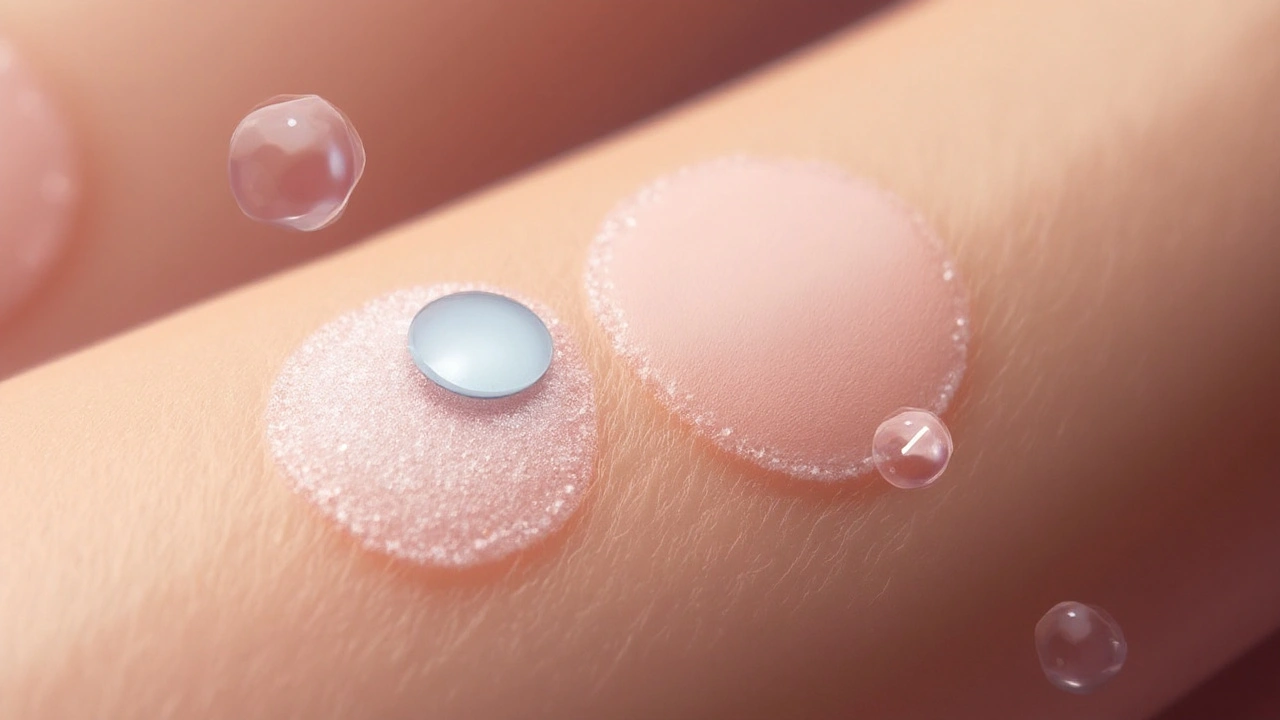
Quick‑look Comparison Table
| Drug | Potency class | Typical indications | Maximum safe duration | Prescription status (UK) | Common side effects |
|---|---|---|---|---|---|
| Temovate (clobetasol propionate) | ClassI (super‑potent) | Severe psoriasis, resistant eczema, hypertrophic scars | 2‑4weeks | Prescription‑only | Skin atrophy, telangiectasia, HPA‑axis suppression |
| Betamethasone dipropionate | ClassII (potent) | Moderate‑to‑severe eczema, plaque psoriasis | 4‑6weeks | Prescription‑only | Mild thinning, bruising |
| Halobetasol propionate | ClassI (super‑potent) | Scalp psoriasis, thick plaques | 2‑4weeks | Prescription‑only | Similar to clobetasol, but lower systemic absorption in foam |
| Mometasone furoate | ClassII (potent) | Facial dermatitis, intertriginous areas | 4‑8weeks | Prescription‑only (some OTC strengths) | Minor irritation, rarely atrophy |
| Desonide | ClassVII (low‑potency) | Long‑term maintenance, sensitive‑area eczema | Up to 12weeks | Prescription‑only (some OTC) | Very low risk of thinning |
| Hydrocortisone 1% | ClassVIII (very low‑potency) | Mild irritations, insect bites | Indefinite (OTC) | OTC | Minimal side effects |
Decision‑Making Framework: Which Steroid Fits Your Situation?
Think of selecting a steroid like choosing a tool for a garden. You wouldn’t use a chainsaw to prune a rose bush, and you wouldn’t use a tiny hand pruner to fell a tree. Apply the same logic to skin treatment:
- Assess severity. If the lesion is thick, red, and unresponsive for weeks, you’re in ClassI/II territory.
- Identify location. Face, genitals, and skin folds are high‑risk zones; lean toward low‑potency agents.
- Consider treatment length. Short bursts (2‑4weeks) are safe for super‑potent steroids; longer courses need milder drugs.
- Review comorbidities. Diabetes, hypertension, or a history of steroid‑induced glaucoma tip the scale toward the gentlest effective option.
- Plan tapering. When stopping a potent steroid, a gradual reduction or switch to a lower‑potency steroid reduces rebound flare‑ups.
Using this checklist, many patients discover that a two‑week Temovate course clears the worst of a flare, after which a switch to mometasone for maintenance maintains the result without the same atrophy risk.
Practical Tips for Safe Use of Super‑Potent Steroids
- Apply a thin layer-no more than the size of a pea for each affected area.
- Never use occlusive dressings (like plastic wrap) unless directed by a specialist.
- Limit use on large surface areas; if more than 10% of body surface is involved, discuss systemic alternatives.
- Schedule a follow‑up appointment after 2weeks to assess response and side‑effects.
- Watch for signs of systemic absorption: unexplained weight gain, mood changes, or easy bruising.
Related Concepts and Next Steps
Understanding the broader context helps you communicate better with your dermatologist:
- Tachyphylaxis: Repeated steroid use can make the skin less responsive; rotating to a non‑steroidal anti‑inflammatory (e.g., calcipotriene) can reset sensitivity.
- Systemic absorption: Larger areas, broken skin, or prolonged use increase the chance of cortisol suppression-blood tests may be recommended for long courses.
- Steroid‑sparing agents: Vitamin D analogues, calcineurin inhibitors (tacrolimus, pimecrolimus) offer maintenance without the atrophy risk.
After reading this guide, you’ll be better equipped to ask your doctor the right questions: “Can we start with a shortTemovate course then taper to mometasone?” or “What monitoring do I need if I use a ClassI steroid for two weeks?”
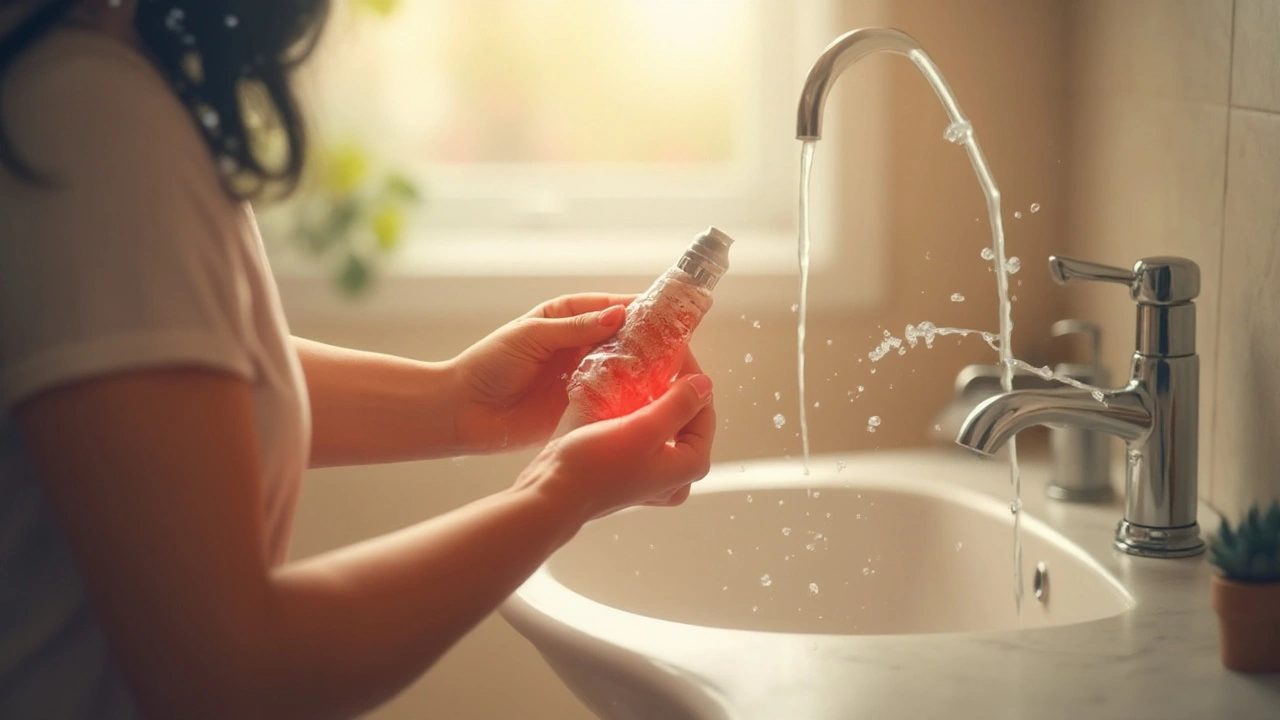
Frequently Asked Questions
What makes Temovate stronger than other steroids?
Temovate contains clobetasol propionate, a molecule that binds tightly to skin glucocorticoid receptors and penetrates the epidermis efficiently. Its 0.05% concentration places it in the ClassI (super‑potent) category, delivering a faster and deeper anti‑inflammatory effect than ClassII‑III steroids.
Can I use Temovate on my face?
Generally no. The facial skin is thin and absorbs steroids readily, raising the risk of atrophy and visible blood vessels. If a facial flare is severe, a dermatologist might prescribe a short, low‑potency steroid like mometasone instead.
How long is a safe Temovate treatment?
Guidelines suggest a maximum of 2‑4weeks for continuous use on any one area. Longer courses increase the chance of skin thinning and systemic cortisol suppression.
What are the main side effects I should watch for?
Typical local effects include skin atrophy, telangiectasia (visible veins), and easy bruising. Rare systemic signs-like fatigue, mood swings, or high blood pressure-may appear if large areas are treated or the medication is used for months.
When should I switch to a milder steroid?
Once the flare has cleared-usually after 2weeks of Temovate-consider stepping down to a ClassII agent such as betamethasone or mometasone for maintenance. This reduces the risk of long‑term skin damage while keeping the condition under control.
Are there non‑steroidal options for chronic eczema?
Yes. Topical calcineurin inhibitors (tacrolimus, pimecrolimus) and vitamin D analogues (calcipotriene) act without the atrophy risk and are excellent steroid‑sparing alternatives for long‑term management.

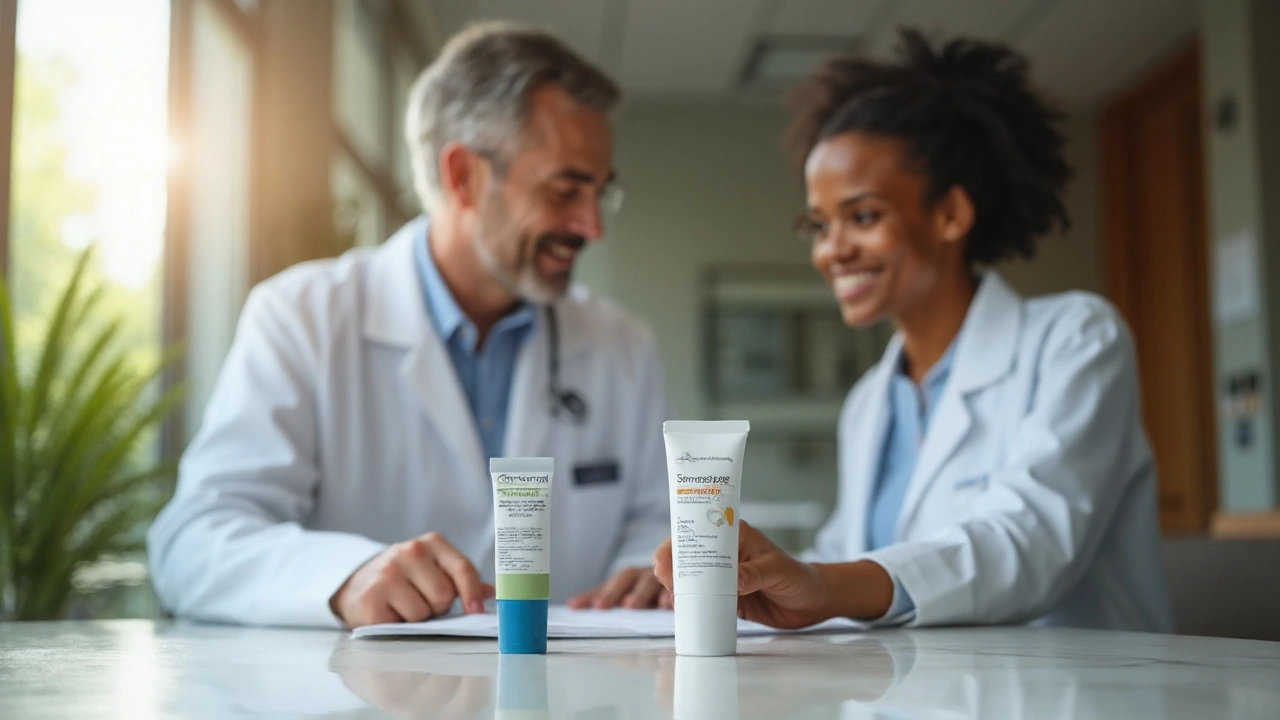
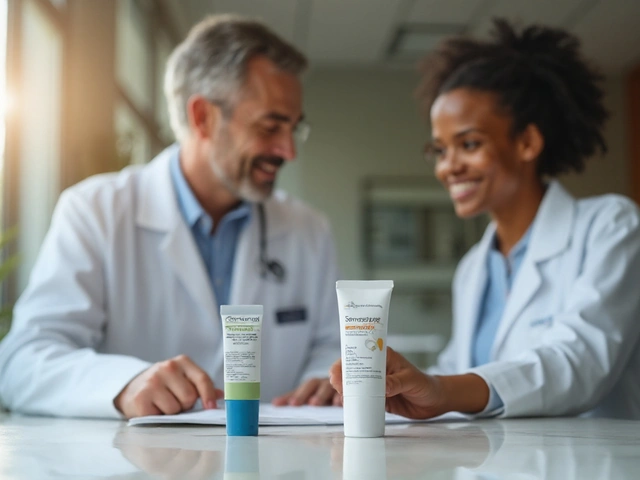

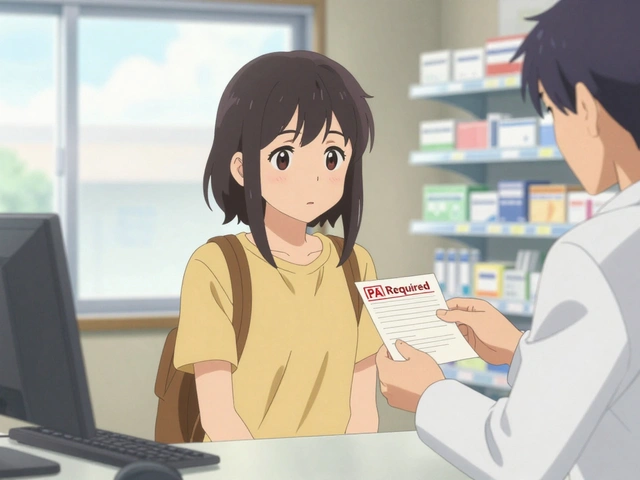
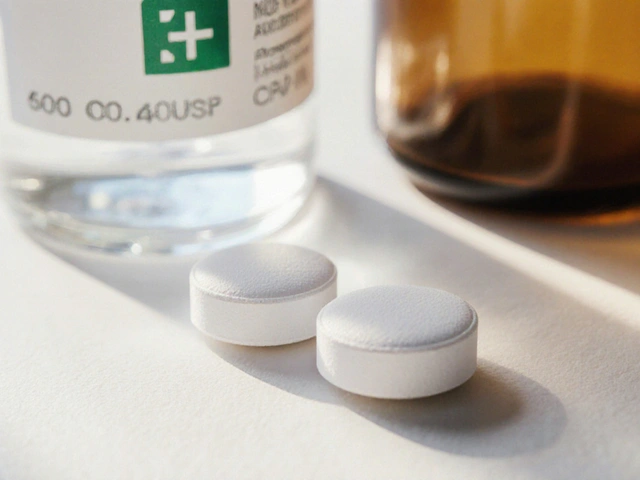

Comments
Louis Robert
Remember to limit Temovate use to two‑four weeks and switch to a milder steroid for maintenance.
tim jeurissen
The article correctly distinguishes Class I from Class II corticosteroids, yet it omits the pharmacokinetic nuances that differentiate clobetasol from halobetasol. Clobetasol propionate exhibits a higher affinity for glucocorticoid receptors, resulting in a more rapid anti‑inflammatory response. Halobetasol, formulated as a foam, reduces systemic absorption when applied to the scalp, a point the author neglects to mention. Moreover, the safety discussion fails to address the cumulative risk of hypothalamic‑pituitary‑adrenal axis suppression in pediatric populations. For clinicians seeking a comprehensive guide, these omissions undermine the article’s instructional value.
lorna Rickwood
Skin therapy is a dance between potency and patience the mind often forgets. We chase the quick fix of a super‑potent steroid only to overlook the quiet wisdom of low‑grade agents that teach resilience. The article hints at this balance but leaves the reader hanging in a swirl of medical jargon. Ultimately the choice of Temovate is less about chemistry and more about our willingness to respect the skin's own healing rhythm
Mayra Oto
That reminder is spot‑on.
In many cultures we see patients relying on a short burst of high‑potency steroid before transitioning to gentler options, which aligns with best‑practice guidelines.
S. Davidson
The omission you point out is glaring; any thorough dermatology review should flag pediatric HPA‑axis concerns. Your mixed‑tone advice borders on condescension, yet the underlying message remains valid.
Haley Porter
When evaluating super‑potent topical glucocorticoids, one must consider both the receptor binding kinetics and the dermal permeation coefficient, parameters that dictate therapeutic index. Temovate’s 0.05 % clobetasol formulation achieves a high log P value, facilitating epidermal traversal and rapid cytokine suppression. However, the risk profile escalates proportionally with treatment surface area, invoking concerns of iatrogenic atrophy and telangiectasia. Comparative data suggest Halobetasol foam offers a marginally lower systemic bioavailability, making it preferable for scalp involvement where occlusion is undesirable. For intertriginous zones, Mometasone strikes a balance between potency and safety, mitigating the propensity for barrier disruption. Clinicians should therefore employ a step‑down algorithm, leveraging pharmacodynamic markers to guide de‑escalation from Class I to Class II agents.
Samantha Kolkowski
i get what you’re saying about step‑down therapy – it’s like easing off a treadmill instead of slamming the brakes.
just make sure patients actually follow the schedule, because non‑adherence is a huge hidden factor.
Nick Ham
The data dump here is a classic case of pharma‑driven hype masquerading as evidence‑based guidance.
Jennifer Grant
It is a curious phenomenon that the medical community frequently adopts the language of conquest when discussing skin inflammation.
Terms like 'battle', 'eradicate' and 'war' turn a benign physiological response into a hostile enemy.
This metaphorical framing fuels a market for ever‑stronger topical agents, as if more destructive firepower is always justified.
Nevertheless, the skin possesses intrinsic repair mechanisms that are often eclipsed by our reliance on synthetic steroids.
When we impose a super‑potent compound like Temovate, we are essentially hijacking a natural process with a chemical blunt instrument.
Such intervention can yield rapid remission, yet it also leaves a lingering echo of atrophy that may outlast the visible lesions.
The article’s comparison chart, while informative, fails to acknowledge the sociocultural pressures that push patients toward quick fixes.
In many societies, the stigma of visible rash compels individuals to seek immediate clearance, disregarding long‑term consequences.
Moreover, the pharmaceutical narrative often downplays the systemic reverberations of prolonged corticosteroid use.
Studies have linked extensive topical application to subtle HPA‑axis perturbations, a fact that rarely surfaces in patient brochures.
From a philosophical standpoint, the pursuit of instantaneous aesthetic normalcy may betray a deeper discomfort with bodily imperfection.
Accepting a degree of mild irritation could, paradoxically, foster resilience and a more nuanced self‑image.
Therefore, clinicians ought to incorporate counseling that frames steroid therapy as a temporary bridge rather than a permanent solution.
Educating patients about tapering protocols, skin barrier restoration, and adjunctive non‑steroidal options can mitigate the cycle of dependency.
In sum, the conversation about Temovate should expand beyond potency rankings to include ethical considerations of patient autonomy, cultural expectations, and the ecological impact of pharmaceutical production.
Kenneth Mendez
they dont want u to know that big pharm is pushing clobetasol just to keep us hooked on pricey meds-stay woke and ask your doc about cheap off‑label options.